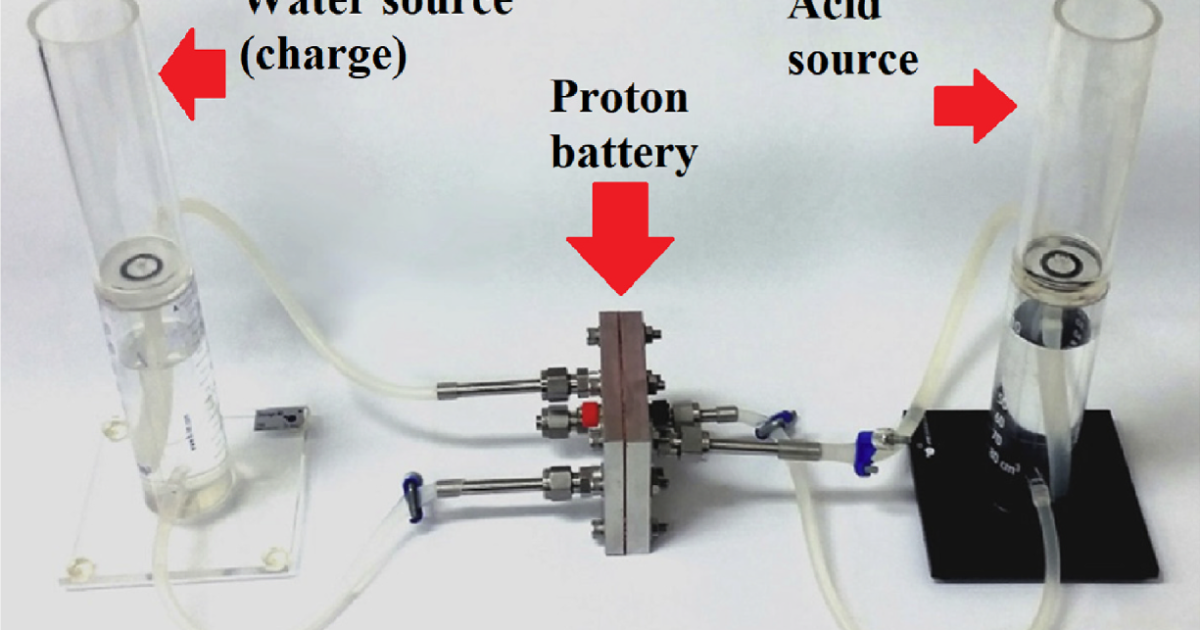edit I am an idiot, who uploaded the image link as the URL. The original source should now be accessible
RMIT engineers say they’ve tripled the energy density of cheap, rechargeable, recyclable proton flow batteries, which can now challenge commercially available lithium-ion batteries for capacity with a specific energy density of 245 Wh/kg.



Battery tech exists in a variety of stages. We have been using Li-ion for ages but there are two technologies coming out this year and next which are very much real (from CATL the worlds leader in battery sales) one of which you can buy today.
You can buy Sodium Ion batteries already, search for it on aliexpress and you’ll see the cells are for sale and BYD is already selling cars with it in. Its similar power in weight and density as Li-ion but it doesn’t catch on fire and its a lot more environmentally friendly. Its good a chance of being the main battery used for home/grid storage and cars and other big battery uses, it also lasts a lot of cycles something like 6000-8000 so it will work for decades and its cheap at $50/KWH (li-ion is more like $130).
The other type is a Li-ion advancement into solid state that is due next year and it doubles the power density. That is probably going to end up in laptops and phones and some high end cars with massive range or smaller/lighter batteries where the increased cost for power density is worth it. Not yet at commercial volumes it is well past the theoretical stage however and very much something that can be manufactured already.
All this battery tech in the lab might very well be in the mix in the future but we don’t need them to pan out with Sodium Ion filling that space and quite cheaply due to the abundance of salt. I think for grid storage reflux batteries might see a resurgence for their versatility but it remains to be seen if they become price competitive. Li-ion as we use today is very soon to be replaced thankfully.
Found a good video article on Na-Ion battery technology; https://www.youtube.com/watch?v=RQE56ksVBB4
So according to that article Na-Ion energy density is comparable to the LFP type of Li-Ion battery. That’s about 20% lower than the more common types you see in consumer products and EVs. LFP has much longer cycle life and lower fire hazard so it’s used where weight and space are less of a concern. However it still has the same cost and materials issues.
Na-Ion is well poised to replace LFP. The advantage is lower cost and more environmentally friendly materials. Unfortunately Na-Ion is not inline to replace the higher energy density types. As it becomes more widely adopted it may improve to the point where it can so there’s hope for it.
Here is an alternative Piped link(s): https://piped.video/watch?v=RQE56ksVBB4
Piped is a privacy-respecting open-source alternative frontend to YouTube.
I’m open-source, check me out at GitHub.
You see a lot of stories about the next great battery tech. I’ve been seeing them for years, but still Li-Ion is the ubiquitous tech.
Even if energy density is only comparable, a battery with lower fire hazard and increased longevity is sorely needed. Li-Ion batteries simply wear out too fast. Considering the replacement cost (especially for EV applications), its a huge advantage for consumers. Then there’s a bonus of it being cheaper and more environmentally neutral which is also a big deal.
Of all the proclamations of a better battery, Na-Ion sounds like it might actually be a reality. That would make me happy to be rid of Li-Ion batteries once and for all. The only advantage they have is high energy density, they’re a fail on every other front.